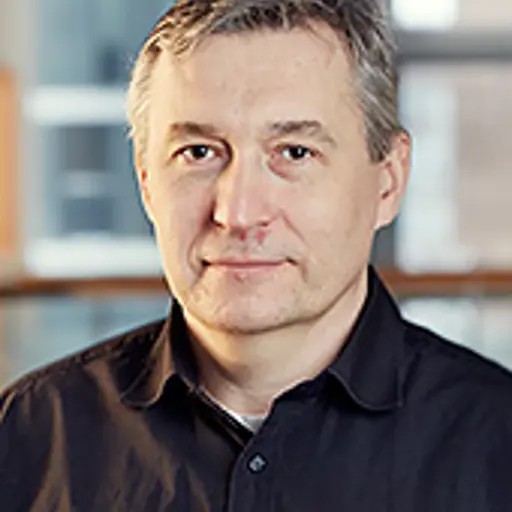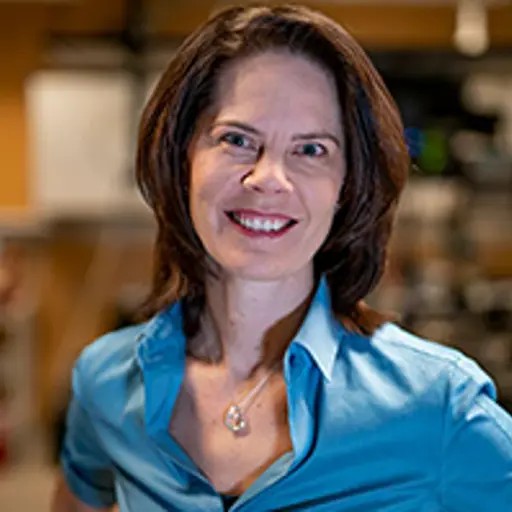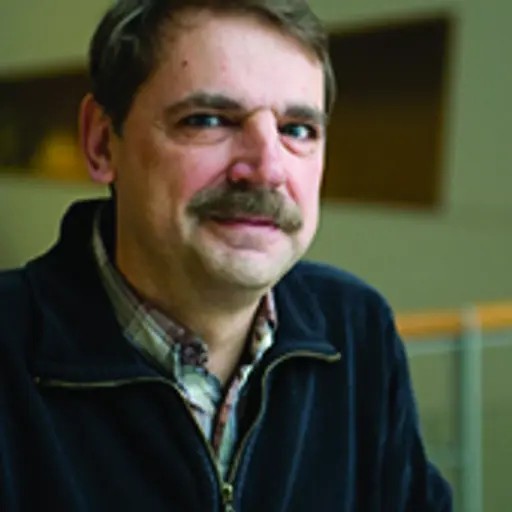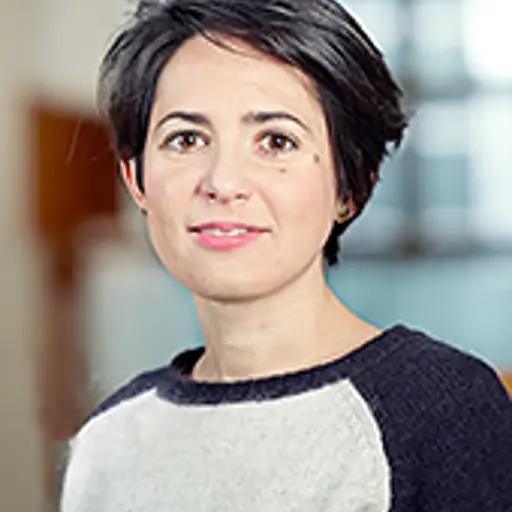
The Swedish Research Council recently announced the applications awarded grants within Natural and engineering sciences 2024. 27 research projects in total were awarded grants at Chalmers University of Technology - four of which come from the Department of Microtechnology and Nanoscience. Here, Serguei Cherednichenko, Åsa Haglund, Sergey Kubatkin and Helena Rodilla tell us a bit more about what their research project will investigate in the next coming four years - and why.
Quantum sensing in superconducting nanowires with high nonlinearity
Serguei Cherednichenko, Professor at the Division of Terahertz and Millimetre Wave Laboratory.

“The project will investigate quantum nonlinearity in ultra-thin superconducting films of magnesium diboride (MgB2), in order to establish new pathways in designing more efficient quantum circuits, especially aiming at higher operation temperatures. It is facilitated by our recent progress in MgB2 thin film synthesis and initial experiments e.g. demonstrating IR single photon quantum detection at 20K published in May 2024 in Nature Communications. To reveal hidden physics in such and similar devices, we will explore a method of quantum detector tomography, a joint work with colleagues from DLR institute in Berlin and University of Zurich. Another example is an extraordinarily large electrical tunability of kinetic inductance in MgB2 nanowires, not seen in any other superconductors practically, but long ago foreseen based on quantum theories of superconductivity.”
“These properties may have a large impact in readout circuits for e.g. quantum bits or in exploring new frontiers in superconducting parametric amplification, explored together with collaborators at MIT in Boston and JPL in California.”
Expanding the surface-emitting laser rainbow
Åsa Haglund, Professor at the Division of Photonics

“Compared to the maturity of today’s blue laser diodes, which exhibit high efficiencies, low threshold currents, and long lifetimes, deep-ultraviolet (<280 nm) lasers have essentially just been born. We have only recently witnessed the first electrically driven deep-UV edge-emitting laser. And more complex lasers, such as vertical cavity surface-emitting lasers (VC SELs) are even further behind, having only been demonstrated under pulsed optical pumping. In this project, we aim to demonstrate the world’s first electrically driven deep-UV VCSEL using our recent breakthroughs which are:
1. Unique membrane technology to create low-loss cavities with accurate cavity length control, as demonstrated by our optically pumped deep-UV VCSELs.
2. The world’s first electrically driven resonant-cavity UV LED. This showed efficient horizontal current spreading thanks to the use of highly conductive n-doped material throughout virtually the entire laser, enabled by a tunnel junction.”
“The only missing building block is a horizontal current confinement scheme, and we will here explore a few options in parallel such as buried tunnel junctions and implanted apertures. The expansion of the laser rainbow by deep-UV VCSELs will offer a power-efficient, compact and low-cost light source for applications such as lithography, gas sensing and sterilization. The developed technologies will also benefit many other areas, such as photonic integration, micro-LEDs, and opto-mechanical resonators.”
Quenching of Decoherence Sources for Solid State Quantum Systems by Interaction with Quantum Liquids
Sergey Kubatkin, Full Professor at the Division of Quantum Device Physics

“Quantum entanglement is a fundamental resource in quantum mechanics, enabling the development of powerful computers and advanced sensors. However, uncontrolled entanglement with environmental factors can cause decoherence, diminishing the advantages of quantum mechanics.”
“This project focuses on engineered superconducting quantum systems created through nanofabrication. These systems often face decoherence issues due to small defects and noise from the amorphous materials used, adversely affecting the qubits. The interaction between the decohering environment and quantum devices is temperature dependent.”
“As a prerequisite for this project, we have cooled a superconducting device to very low temperatures using the quantum liquid helium-3 (³He), which reduces noise and enhances system performance. In collaboration with QTL at WACQT, we aim to test these improvements on superconducting qubits to mitigate the effects of unwanted defects at temperatures relevant to cooled quantum processors. This project is supported by seed funding from WACQT and the Nano Area of Advance at Chalmers.”
Terahertz spectroscopy of proteins in solution
Helena Rodilla, Associate Professor at the Division of Terahertz and Millimetre Wave Laboratory

"Proteins are large three-dimensional macromolecules in continuous motion in a large scale of frequencies and the understanding of these movements is crucial when studying their structure and function. Within these movements, the ones corresponding to the picosecond range have remained inaccessible, especially in physiological conditions."
"This project aims to enable the study of the movements of these molecules in the picosecond time scale in liquid. By doing this, we hope to provide a method to understand how the structure of proteins is connected to their function in enzymes. Studying picosecond movements has been difficult because of the technological challenges that come with generating and detecting terahertz waves, and due to the fact that water absorbs these waves strongly. Moreover, there are many overlapping vibrations that make it hard to resolve specific spectroscopic features. Most progress so far has used terahertz time-domain spectroscopy on proteins in artificial forms to avoid water absorption, but this affects the proteins movements and the study of enzyme reactions."
"To overcome these challenges, in this project we plan to use the latest terahertz technology and techniques used for space and atmospheric sciences and combine it with aligning methods of proteins in liquid."
- Professor, Terahertz and Millimetre Wave Laboratory, Microtechnology and Nanoscience
- Full Professor, Photonics, Microtechnology and Nanoscience
- Full Professor, Quantum Device Physics, Microtechnology and Nanoscience
- Associate Professor, Terahertz and Millimetre Wave Laboratory, Microtechnology and Nanoscience



